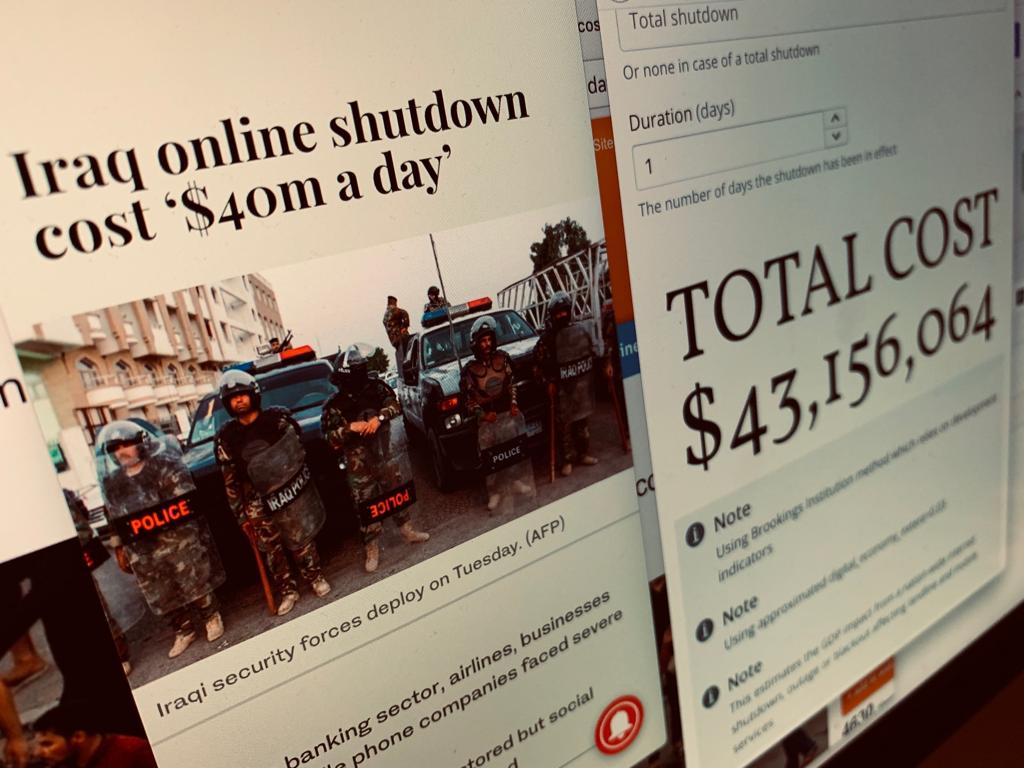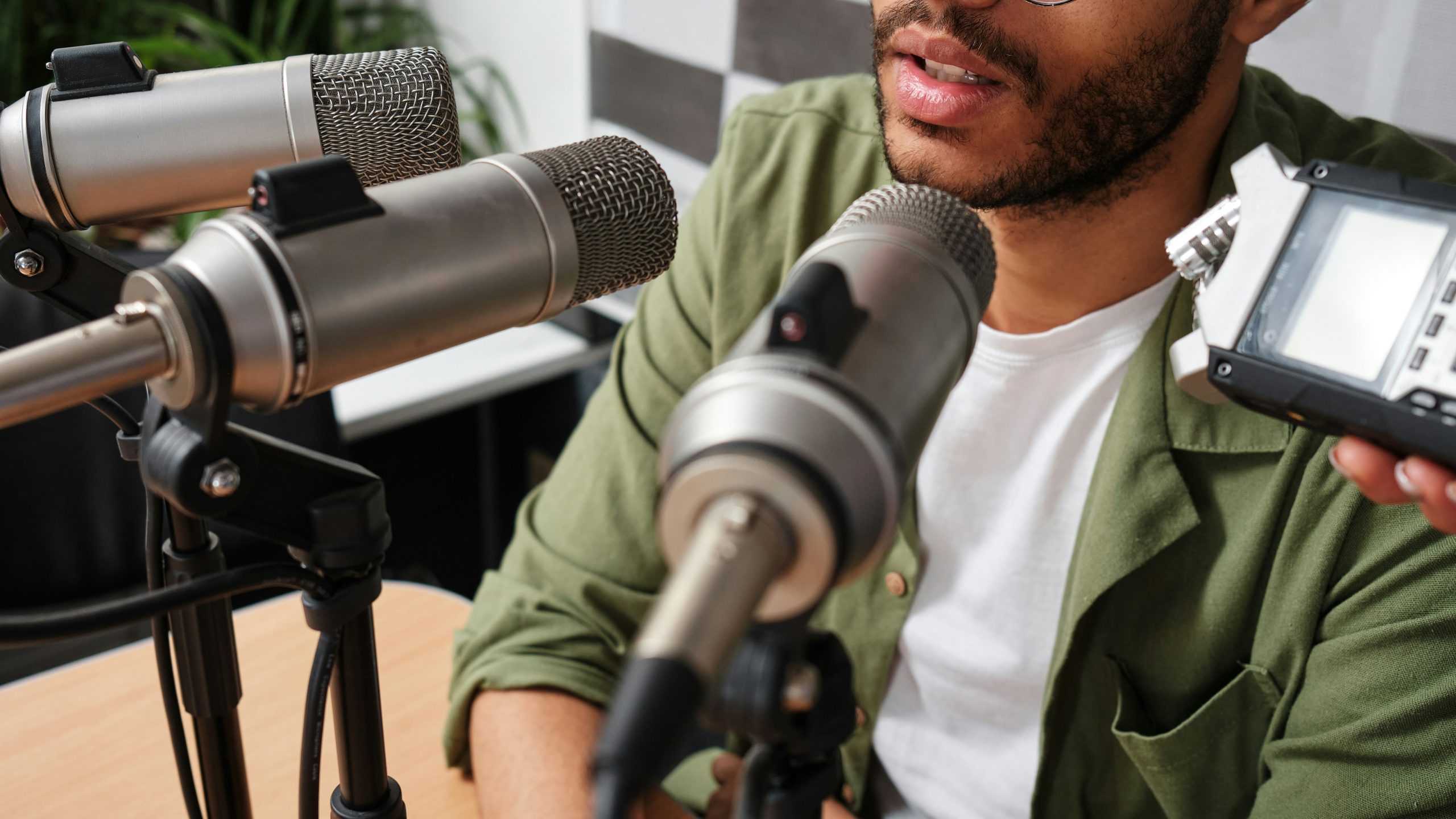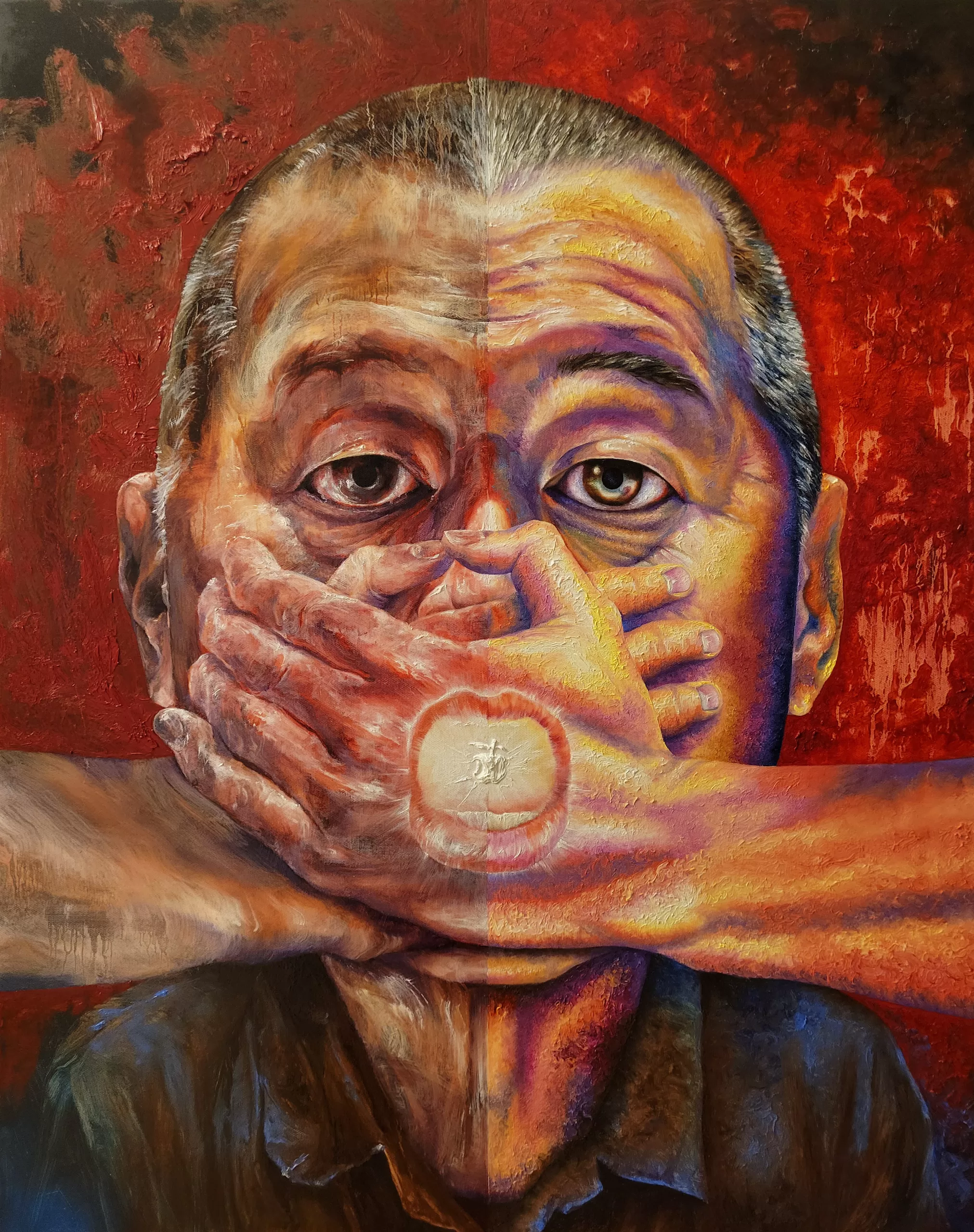[vc_row][vc_column][vc_single_image image=”104234″ img_size=”full”][vc_column_text]“Internet shutdowns are increasingly used by governments to control the flow of information, particularly around elections or political unrest,” Alp Toker, executive director and founder of the NetBlocks group, told Index on Censorship.
NetBlocks, which grew out of the 2017 Freedom of Expression Digital Activism Award-winning Turkey Blocks, is a nonprofit organisation created in 2016 to harness technology to map internet freedom. The civil society group aims to protect and support digital rights, cyber-security and internet governance.
“The goal is to go beyond research into prototyping, implementation and deployment of completely new mechanisms that might be able in future to protect and extend our fundamental rights,” Toker said.
NetBlocks has partnered with the Internet Society to create a new tool, Cost of Shutdown Tool (COST), that will cover social media and key content platforms, as well as full internet blackouts.
“What’s the cost of censorship? How much do internet shutdowns cost ordinary citizens? These are the questions we set out to answer at NetBlocks with COST, because traditional advocacy around freedom of expression doesn’t always make the impact it should, but financial figures make authorities listen,” Toker said.
The COST tool has been in a beta mode throughout 2018. NetBlocks estimated a loss of £23.7 million from the March 2018 Sri Lankan internet shutdowns that took place in response to violent riots.
COST’s main goal is to spread awareness about the true costs and effects of online shutdowns. The NetBlocks teams hopes that this will prompt citizens to put pressure on the authoritarian governments who are most responsible for online censorship.
Gillian Trudeau from Index on Censorship spoke to Alp Toker about NetBlock’s new tool, COST, and what to expect from it.
Index: What is the Cost of Shutdown Tool (COST) and what does it do?
Toker: What’s the cost of censorship? How much do internet shutdowns cost ordinary citizens? These are the questions we set out to answer at NetBlocks with COST, because traditional advocacy around freedom of expression doesn’t always make the impact it should, but financial figures make authorities listen.
The Cost of Shutdown Tool (COST) is a data-driven online tool to quickly and easily estimate the economic cost of internet disruptions. Built around economic methodologies devised by the Brookings Institution and CIPESA, the Cost of Shutdown Tool (COST) estimates economic cost of internet shutdowns, mobile data blackouts and social media restrictions using regional indicators from the World Bank, ITU, Eurostat and U.S. Census. The tool will cover shutdowns affecting social media, key content platforms and full Internet blackouts using key indicators relating to the global digital economy. COST is officially launching Monday 10 December, 2018.
Index: What do you hope to achieve with the project?
Toker: We hope to enable anyone – including journalists, researchers, advocates, policy makers, businesses — to understand how much internet disruptions can cost economies, as well as support advocacy and policy work to end online mass-censorship.
Index: How did your relationship with the Internet Society start and what do they bring to the project?
Toker: The Internet Society (ISOC) is a global organisation with over one hundred chapters around the world dedicated to ensuring that the internet stays free and open. We connected at the Internet Engineering Task Force where we are working to strengthen internet protocols for human rights, and things immediately clicked. The partnership has been very strong because it is built around both impact around human rights and technological development — areas of expertise for both organisations. With the Internet Society’s global access, we’ve been able to explore new ways to identify and push back against internet disruptions that harm human rights around the world.
Index: Why should we be concerned about internet shutdowns?
Toker: Internet shutdowns are increasingly used by governments to control the flow of information, particularly around elections or political unrest. Internet shutdowns create chaos through all facets life, from accessing medical services to getting in contact with family members.
Through our work in the #KeepItOn campaign, we’re continuing to monitor these shutdowns around the world. Open access to internet is a key part of a functioning democracy, and is protected by international law and conventions.
Index: What cost estimates do you have for internet shutdowns in 2018?
Toker: In it’s beta mode, the tool has already been used to bolster advocacy efforts around the world. Our first experience using the tool in advocacy came when Sri Lanka shut down parts of the internet during protests, leading to an estimated loss of $30,000,000 USD. Because we were able to calculate the number instantly, it became the basis of a national campaign launched by Sri Lanka’s Social Media User’s Union. In Iraq, multi-day outages cost the economy an estimated $40,000,000 USD. Again, this figure was picked up widely by local and international media and caught the attention of everyone from street vendors to the oil industry. Another shutdown in Ethiopia had a more modest impact of 3,500,000 birr, but that impact targeted a small region with a developing economy and its impact was felt hard. Working with the #KeepItOn coalition, we wrote to the Ethiopian government to highlight the concern with their policy.
Index: What trends in internet shutdowns can we expect COST to uncover in 2019?
Toker: There is a growing tendency toward mass-censorship online, particularly in developing countries. We’ve been seeing more localised disruptions, and COST is now able to estimate the impact of sub-national shutdowns — a powerful approach that highlights the economic impact to a local community.
We have also seen more precisely timed shutdowns, intended to evade detection and reporting. For these reasons, COST works best when there is hard technical evidence of an internet disruption. Hence, it works great in tandem with real-time monitoring data from the NetBlocks internet observatory, which uses new techniques to accurately track such incidents.
In addition, research shows little evidence that cutting off communications provides relief in these situations, but it has been shown again and again that shutdowns do impact emergency first-response, healthcare and the provision of critical service. This is in addition to their severe impact on the fundamental rights of free expression, free assembly and free association.
Index: What are the worst and best countries for internet freedom and why?
Toker: Pakistan and India face systematic disruptions at massive scale, and the problem is also endemic in sub-Saharan Africa. There are also frequent disruptions in the Middle East, and a new trend emerging of shutdowns in Central America.
Index: When was the NetBlocks group created?
Toker: The idea for NetBlocks came about in 2015 and was recognisable in its current form by 2016. We entered the spotlight in 2017 after the first two modules of the internet observatory was launched. Meanwhile, The Index on Censorship Award helped us focus at a critical moment in time with a backdrop of contested elections, overbearing corporations, and the breakdown of online trust. In a time of rapid change the fellowship gave us a way to channel creative energy into a force for good.
Index: Why was the NetBlocks group created?
Toker: NetBlocks exists to meet the overwhelming need and demand for rights-based technology in support of free expression and access to knowledge. The goal is to go beyond research into prototyping, implementation and deployment of completely new mechanisms that might be able in future to protect and extend our fundamental rights. Internet-scale measurement, data-driven policy and advocacy, rights-based internet protocol design, machine learning to uncover violations of fundamental rights: these are some of the new frontiers. I’m sure there will be more.
There are competent civil society technology programmes out there today, but why not shake things up and put the tech at the forefront of the mission? Journalism, writing, the creative arts now exist largely in digital spaces, more vulnerable than at any time in our history. We need to not only understand those spaces, but to master them if we’re to stand a chance defending free thought for the next generation.[/vc_column_text][vc_basic_grid post_type=”post” max_items=”4″ element_width=”6″ grid_id=”vc_gid:1544461258021-a4fe0eae-9690-2″ taxonomies=”9034″][/vc_column][/vc_row]





